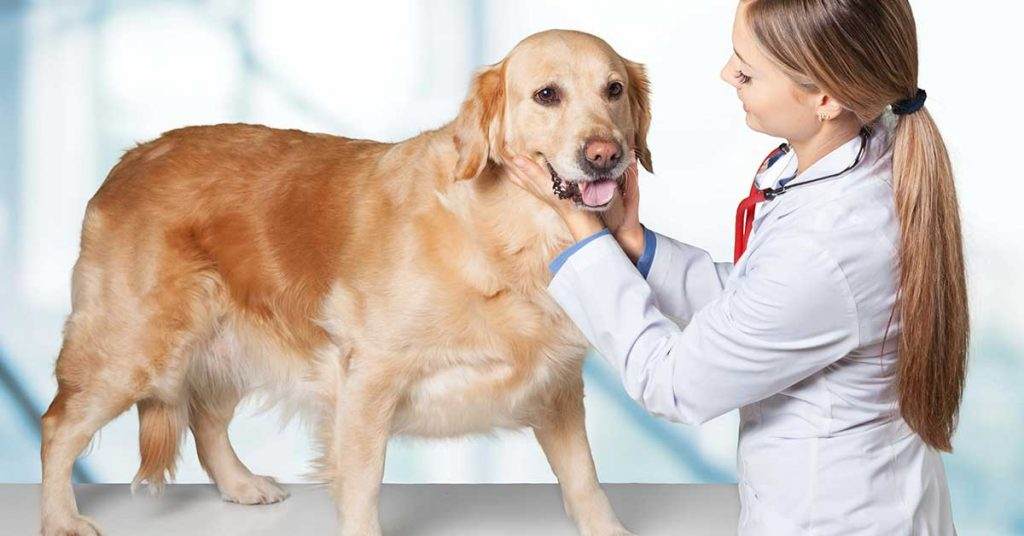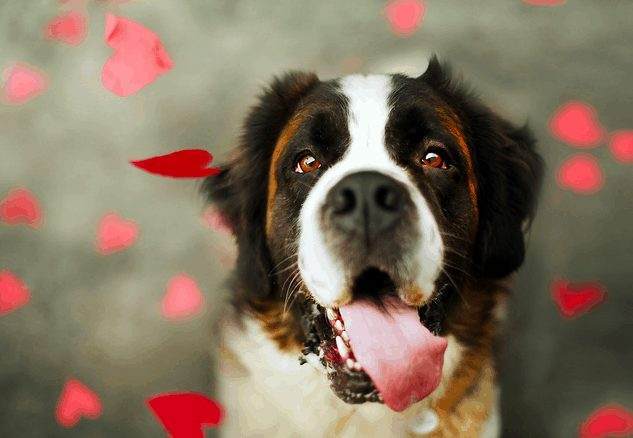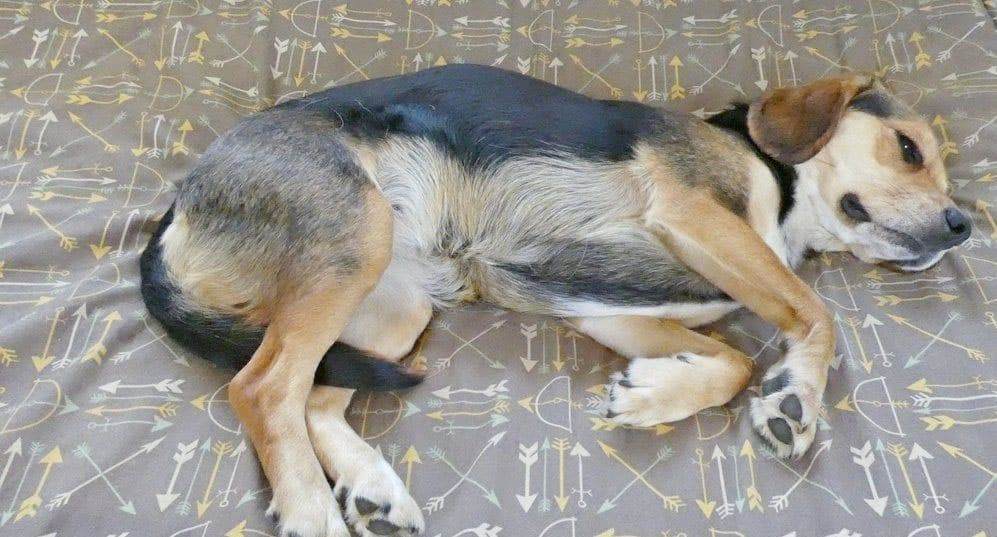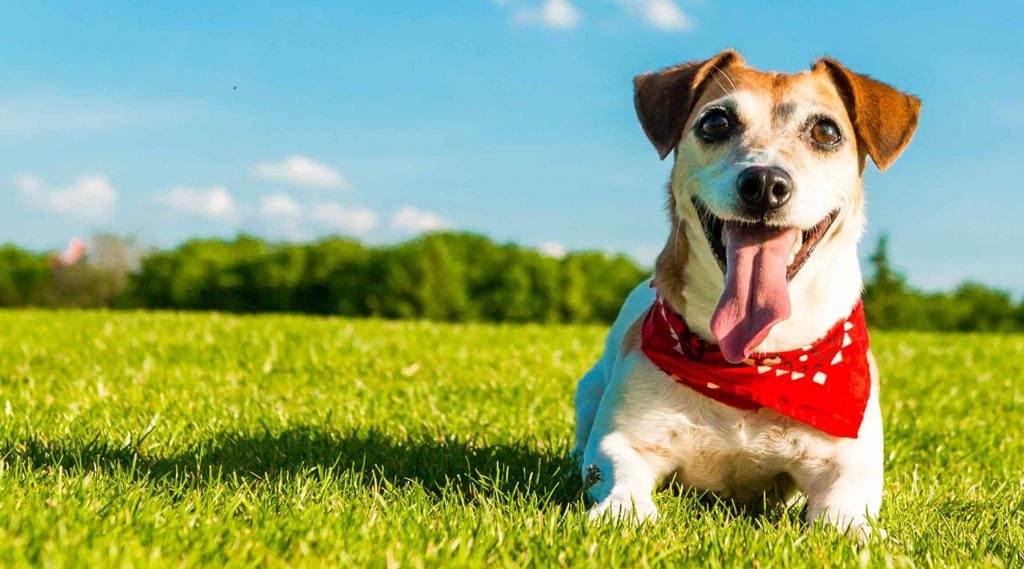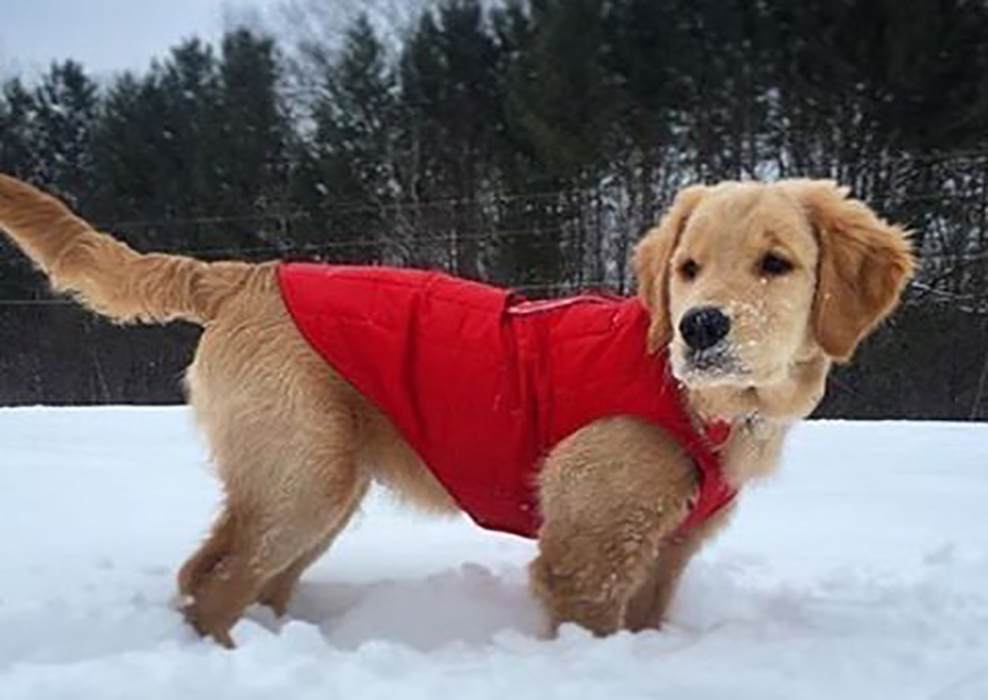What is Poison Ivy?
Poison Ivy is an allergic flowering plant which is commonly known as Eastern Poison Ivy as it is indigenous to North-Eastern America as well as to Asian and European countries, including – Canada, China, Alaska, among many others. The scientific name of poison ivy is Toxicodendron radicans. This plant characterizes for having sticky oil called Urushiol that causes irksome itchiness, blisters and even painful rashes when a person comes in contact with this plant. Due to Urushiol, people generally suffer from Urushiol-induced contact dermatitis; type of allergy caused when people come in contact with that sticky oil.
Poison ivy rash not only affects human beings but also animals, like dogs. This particular allergic contact dermatitis is troublesome for the dogs, besides human. However, the probability of getting infected with Poison ivy rash is unlikely as animals like a dog have fur on them that acts as a protective shield against these types of dermatitis. Notwithstanding having fur coat on their bodies, there are rare and uncommon chances of getting infected as the urushiol oil, after coming in contact with this mildly toxic plant, might travel down to the skin and can cause itchiness, rashes and blisters; just like the humans.
Getting such allergies depends upon:
- The dog’s fur; supposedly the dog is less hairy then more skin is exposed to such vulnerabilities and react;
- Their height; as the plants are short, the dogs who have short stature might come in contact with the plants, especially their abdominal region;
- Lastly, it depends upon their activities, such as walking or playing in poison ivy plant-prone areas or hiking.
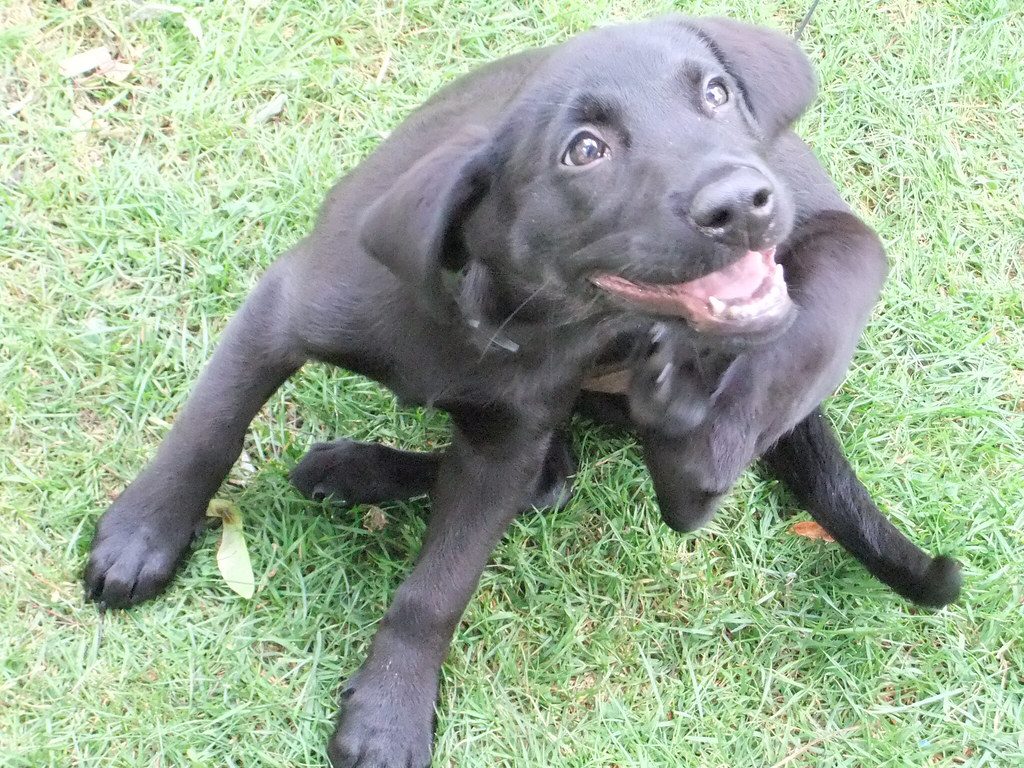
Identification Clues for Poison Ivy in Dogs
Poison Ivy Rash is a considerable concern for the dog owners. People can identify this plant with the following characteristics:
- The plant has three leaves, in a cluster, which might have a glossy look on the top. They also might vary in shades of green or red depending on the seasons.
- The leaves might be pointy and have jagged edges.
- The middle leaf, as compared to the other two, will be on the longer stem. The other two side leaflets are small and always in the opposite direction to each other.
- The stem of the plant is reddish and possesses no thorns.
Dog owners should keep in mind about the physical characteristics of the Poison ivy plant to avoid their dog from this painful allergy.
Causes for Poison Ivy in Dogs
Following are the reasons due to which your dog might get Poison ivy:
- Maximum chances of getting Poison ivy is when the body comes in direct contact with the plant. Even touching the leaves, stem or roots of the plant, the dog can become a victim of this painful allergy. Sometimes, the dog might even eat the plant.
- The second reason could be touching of contaminated objects. Supposedly a human or the object who/which came in direct contact with the plant and then later touch the dog, the oil might get on the body of the dog and infect him.
- Thirdly, it can also be due to inhaling smoke from the burning Toxicodendron radicans. Mere smoke from burning poison ivy contains Urushiol and can later cause internal problems as well.
Heads Up For The Symptoms
Be that as it may, the dog gets infected with Poison ivy, then the following symptoms will be evident:
- Following the contact with the plant, the skin of the dog might become visibly red, particularly on the belly region.
- Gradually you might also observe swelling and raised inflamed bumps on their skin. As these bumps can be itchy and painful, the dog might keep scratching himself a lot in addition to licking and biting their skin.
- The allergy might also cause sizeable, fluid-filled blisters on the skin or scabs after the infected skin is regenerated and healed.
- In case of the dog has accidentally ingested the plant, then this may cause vomiting and diarrhoea.
Treatment for Poison Ivy in Dogs
If the sticky oil – Urushiol brushes up on your dog and these symptoms are visible, then it can be cured at home by some self-care home remedies.
- The first and foremost thing after confirming the infection on your dog is to bathe him properly with an oatmeal shampoo. According to studies, oatmeal contains certain chemicals which have anti-inflammatory properties; one of the best and effective way to get rid of the painful blisters which even oozes liquid. As the abovementioned symptoms are noticeable, then wash the particular area with warm water and oatmeal shampoo or with any anti-inflammatory shampoo which will help the dog to soothe his skin.
- Subsequent to bathing, dry off the dog with a clean towel and treat the infected area with Topical corticosteroid cream or calamine lotion. Corticosteroid creams are anti-inflammatory medicated cream which is effectual for treating skin conditions such as rashes, blisters, dermatitis, itching, redness; evident symptoms of Poison ivy. Therefore, the application of cream or lotion will help soothe the skin of the dog. Other than creams or lotions, count on coconut oil as well because it is one hundred percent natural.
- Besides applying Topical corticosteroid cream, you can also give Antihistamines (drugs used to treat allergic rhinitis) such as Benadryl, or other, in case the dog has ingested the plant. Ingestion of poison ivy might cause stomach upsetting, vomiting, internal rashes or other conditions. Under these circumstances, give the dog oral drugs such as Benadryl which will help the dog to sleep well, therefore healing the Poison ivy allergy.
- Another point to be considered here is that every day the infected area should be clean with a wet towel and be treated with cream, lotion or oil. Regular cleaning of the infected area and treatment will help to soothe the skin of the dog as soon as possible. Dog owners can also use rubbing alcohol to clean the infected region after consulting the vet.
Despite being treated well, the symptoms persist then you should immediately consult with a veterinarian and ask for the best advice and adhere to that, strictly.
Precautions for Poison Ivy in Dogs
Finally, yet importantly, prevention is always better than the cure. To avoid initial complications, be mindful of:
- Steer clear of such plants. Read, learn and understand how to figure out such plants as poison ivy, poison oak, and poison sumac. Keep in mind the characteristics of these plants and the notable changes or special physical features in all seasons. Be it spring, summer, autumn, or winter, these plants have distinguishable features. Also, when you are taking your dog for walking, playing, or hiking that might make the dog vulnerable to come in contact with these plants, try to avoid such pathways, instead take the cleared passageway.
- In case of hiking, keep a close eye on your pets and make sure that they do not run away from you to the wooded areas. Dogs running through such passageway might cause Urushiol to stick on their fur or skin, which can be harmful to both dog and the owner.
- In certain unavoidable situations wherein you might have to cross such plants, as precautionary means, wear protective clothing like socks, gloves, long pant s, full sleeves, and boots so as to cover and protect your body and indirectly to protect your dog as well. If needed, protect your skin by wearing socks, boots, pants, long sleeves, and vinyl gloves.
- One of the best ways is to remove or kill the plants. If the plants are growing in your garden then apply a herbicide to kill the plants or extirpate the plants from their roots, whilst wearing your gloves and boots to avoid direct contact. Do not burn the plants as it might cause fumes that can be inhaled by the dog and cause severe internal problems.
- If the dog’s skin has come in direct contact with the Poison ivy then immediately wash the area with warm water and soap. Then dry off the fur with a clean towel. Also, do not forget to scrub the paw nails and your fingernails too as particles might be left under the nails and later might cause issues.
- After coming back from hiking or walking, do not forget to clean all the contaminated objects properly with soap. Also wash all the gardening tools, your boots, dog’s personal belongings because they might be a carrier of Urushiol.
- Always apply a barrier cream when going out in these areas. Choose over-the-counter skin products that are specifically designed to act against these allergies and keep them at a bay.
Conclusion
Always follow the safety tips, treatment methods and identify the plants and symptoms to keep your dogs and yourselves safe from such poisonous plants like Poison ivy.
Table of Contents
